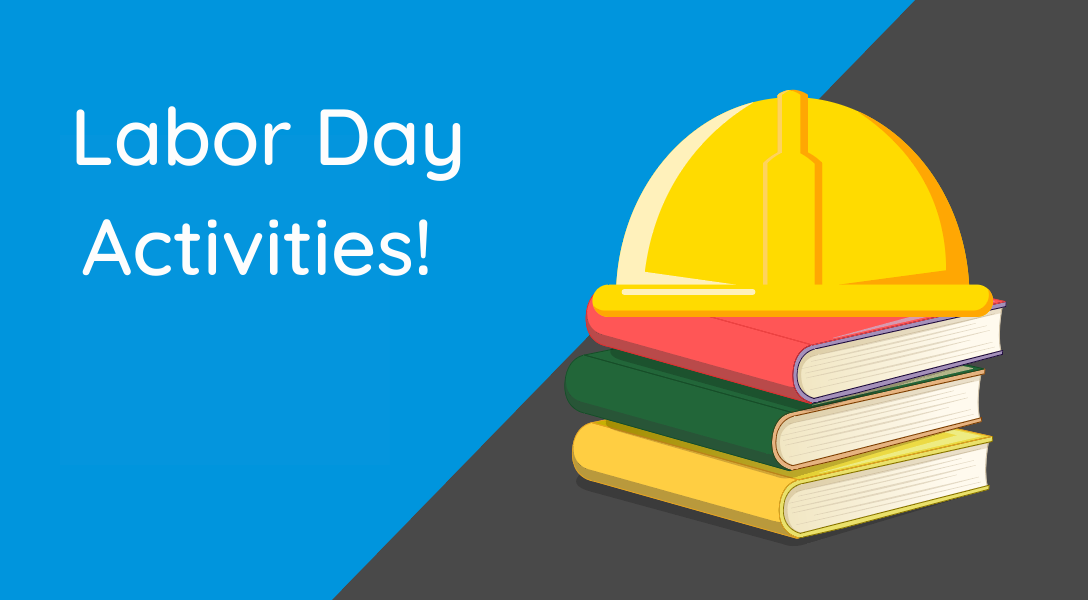Gamifying Your Instruction Is Easier Than You Think
Ms. Cooper teaches 5th grade. At times, she wonders if she is genuinely an effective teacher. Her students don’t seem excited about the curriculum or as motivated to learn as she would hope. Students give up easily when faced with challenging assignments and often rely on her guidance when completing classroom activities. However, informally she hears about the latest games her students are playing at home. They devote time and patience to overcoming challenges, using strategic thinking, collaborating with teammates, and investigating resources when learning new skills.
Continue reading “Gamifying Your Instruction Is Easier Than You Think”










